Choosing the Right Products for Wooden Furniture Care
Theme: Choosing the Right Products for Wooden Furniture Care. From everyday cleaning to heirloom preservation, the products you choose shape how your wood ages, feels, and shines. Let’s decode labels, match finishes to formulas, and build confidence together. Share your favorite wood-care product below and subscribe for weekly, practical tips you can use right away.
Know Your Finish: Match Products to Lacquer, Varnish, Oil, and Wax
Gently test in a hidden spot: denatured alcohol softens shellac, lacquer thinner affects lacquer, while cured varnish resists both. Water beading hints at oil or wax. When uncertain, ask the maker, consult documentation, or choose gentle, finish-safe products.
Know Your Finish: Match Products to Lacquer, Varnish, Oil, and Wax
Using the wrong product can cause swelling, cloudiness, or residue that attracts dust and fingerprints. Choose neutral-pH cleaners for sealed finishes, silicone-free polishes for refinish-friendly care, and oils or waxes only where the wood or finish is designed to accept them.
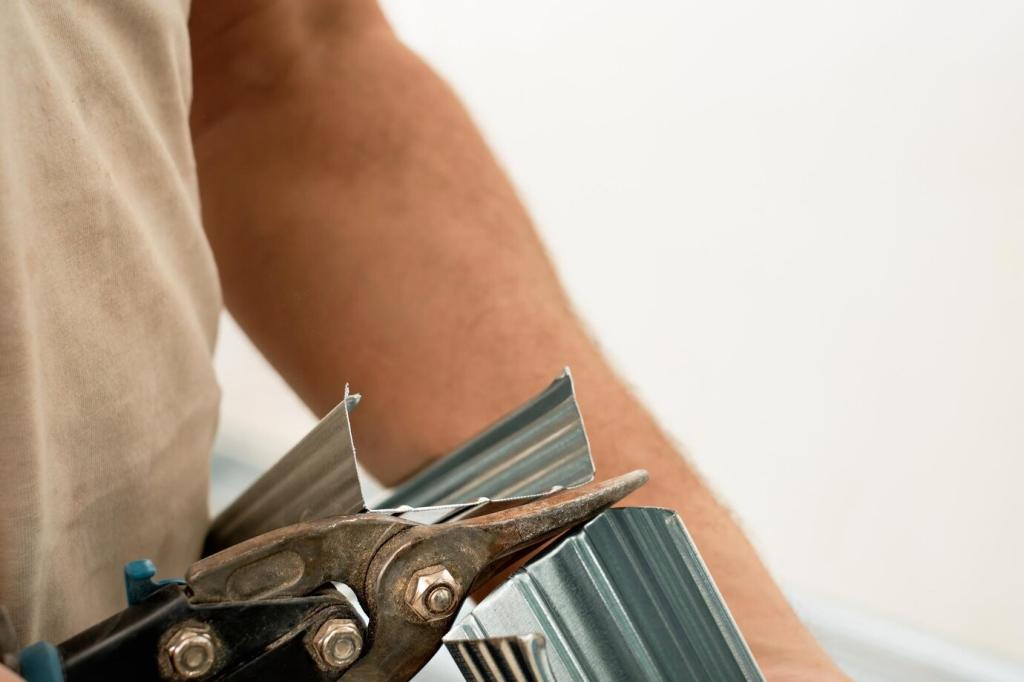
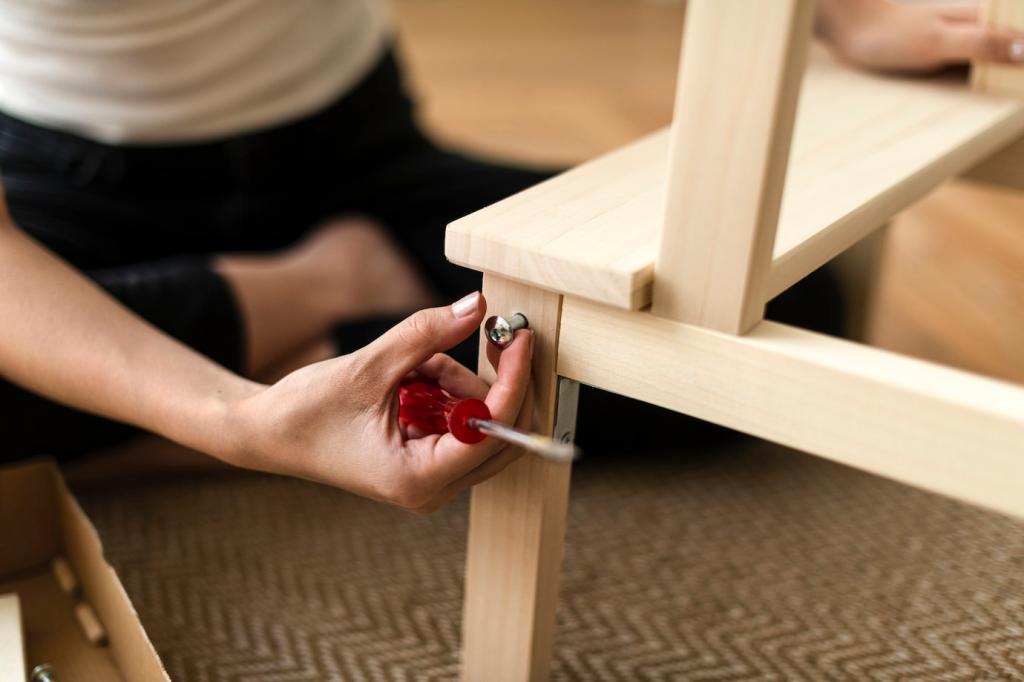
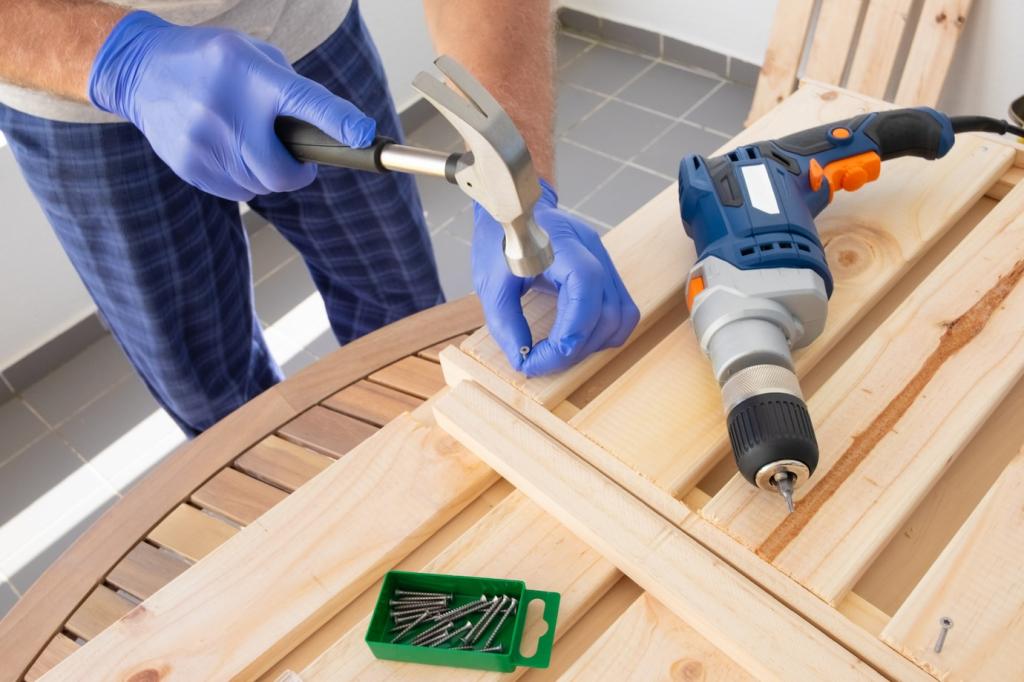

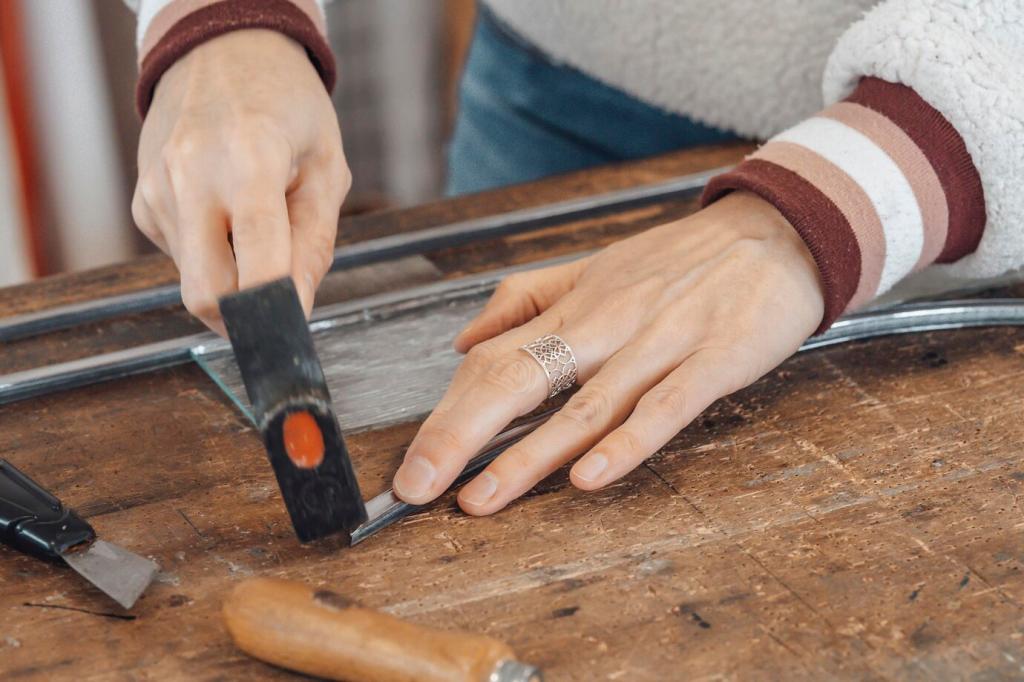
Cleaner, Polish, Oil, or Wax? Choosing the Right Category
When to reach for a cleaner
Use a pH-neutral wood cleaner for routine dust, fingerprints, and smudges on sealed finishes. Spray lightly onto a cloth, not the surface, and wipe with the grain. For everyday upkeep, a slightly damp microfiber and patience deliver surprisingly beautiful, safe results.
What a polish actually does
Polish adds quick sheen, fills tiny scratches, and provides slip that makes dusting easier. Choose silicone-free formulas to avoid long-term build-up and refinishing headaches. Apply sparingly, buff gently, and refresh only when the surface looks dull—not on a fixed weekly schedule.
The role of oils and waxes
Oils replenish oiled finishes, deepening color and highlighting grain; waxes add protection and a soft luster. Use only on compatible surfaces, apply thinly, allow proper curing, and buff evenly. Hardwax-oil finishes benefit from periodic maintenance coats rather than frequent heavy applications.
Real Rooms, Real Choices: Case Studies from Home
Between homework, pizza nights, and art projects, the finish faced sticky messes and crayons. A water-based, wood-specific cleaner kept the surface clear without haze. Silicone-free polish restored gloss before guests arrived—plus coasters and placemats turned into a fun family habit.
Real Rooms, Real Choices: Case Studies from Home
Inherited from a grandmother, the dresser dulled whenever water-based sprays were used. Switching to a shellac-friendly polish and a soft cotton cloth revived the glow. Retiring the misleading “lemon oil” spray avoided residue, and gentle dusting preserved its satin depth.
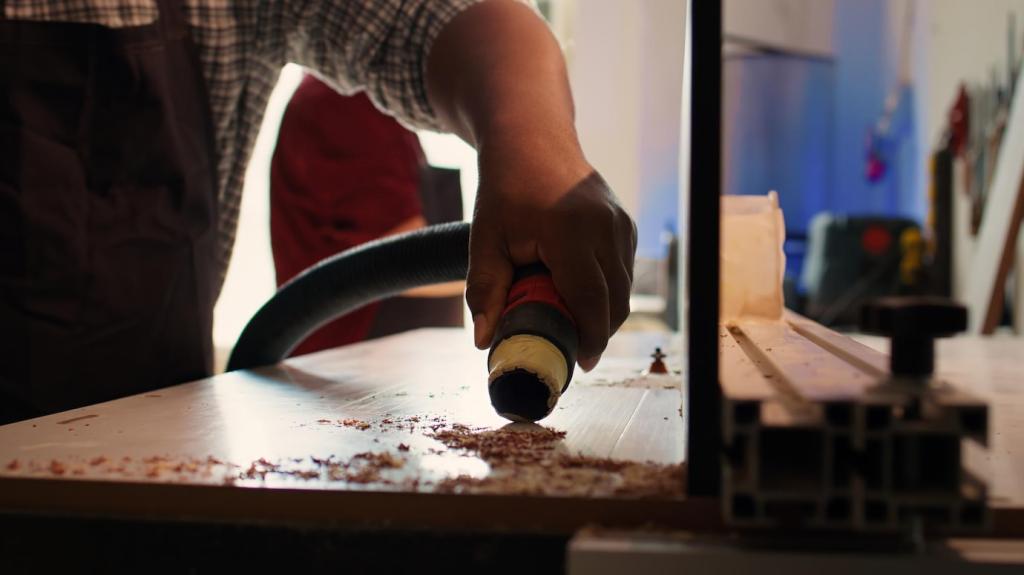
Tools and Techniques That Make Products Work Better
Cloths and the fold that never fails
Use plush microfiber for dusting and tight-weave microfiber or cotton for buffing. Fold into quarters to rotate to a clean face with each pass. This prevents smearing, controls moisture, and keeps products exactly where you want them to work.
Wax application, the thin-coat secret
Apply a small amount with the grain, working in manageable sections. Let it haze gently, then buff to clarity with light, even strokes. Two whisper-thin coats beat one heavy coat, delivering protection without draggy buildup or uneven shine.
Patch-test like a pro
In a hidden area, record the date, product, and method. Apply lightly, wait the full drying time, and inspect under natural and raking light. If everything looks and feels right, proceed. Share your test results to help others avoid guesswork.
Sustainable and Safe Choices for Your Home
Low-VOC labels and certifications
Look for GREENGUARD Gold or EU Ecolabel and review Safety Data Sheets. Waterborne cleaners and low-odor polishes are family-friendly. Ventilate during application, cap containers promptly, and store away from heat. Cleaner air, calmer lungs, and happier evenings around the table.
Refills, concentrates, and less waste
Choose concentrates you dilute at home and refill durable bottles. One small container can power months of cleaning, cutting plastic and cost. Track dilutions on a label and share your favorite eco swaps with our community for fresh, practical inspiration.
Disposal and oily rag safety
Never bunch up oil-soaked rags; they can self-ignite. Lay them flat to dry outdoors or submerge in water in a sealed metal container. Follow local disposal guidance. Subscribe for our printable safety checklist before your next maintenance session.
Troubleshooting: Picking the Right Fix for Common Problems

White water rings on a sealed surface
Moisture trapped in the finish often responds to gentle heat through a cotton cloth or a specialized ring remover with micro-abrasives. Work slowly, check often, and stop if gloss changes unevenly. Comment if you need help identifying what your finish is doing.
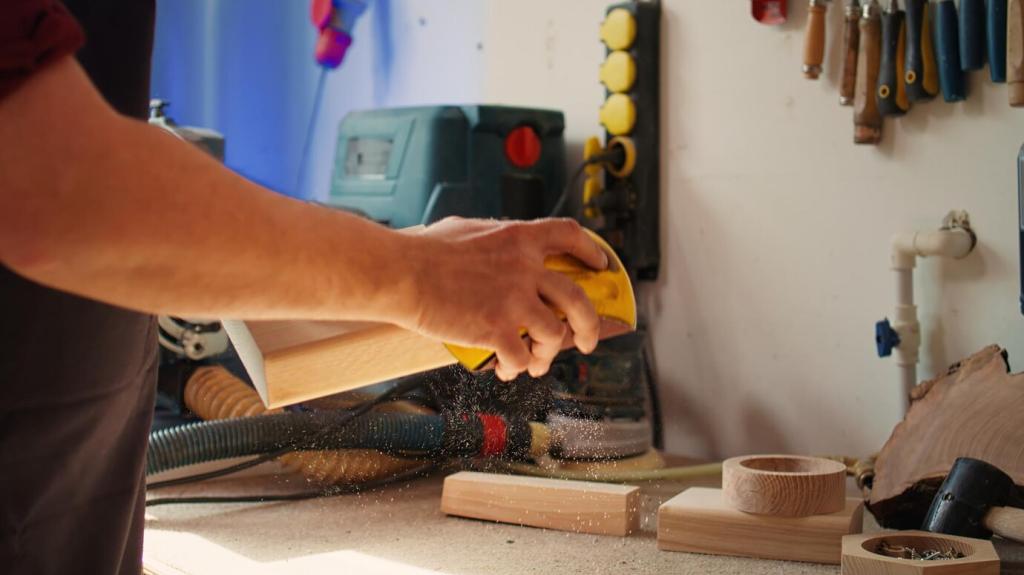
Light scratches and color touch-ups
Color-matched wax filler sticks and blending pencils camouflage lines without thinning the finish. For sealed surfaces, ultra-fine abrasive polishes restore clarity. Always work with the grain and avoid aggressive pads that might cut through veneer edges or delicate details.
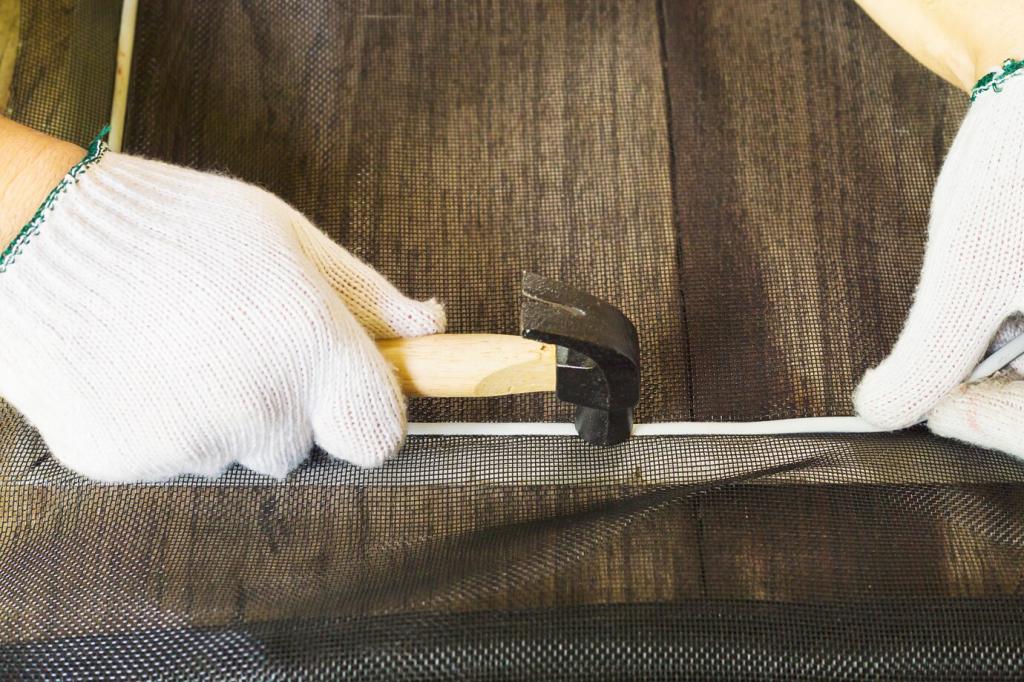
Cloudy film or silicone contamination
Persistent haze may be product build-up. A careful naphtha wipe or dedicated dewaxer can reset clarity on many finishes. For shellac, skilled French polishing restores gloss. Tell us your situation, and we’ll suggest safer next steps tailored to your furniture.
